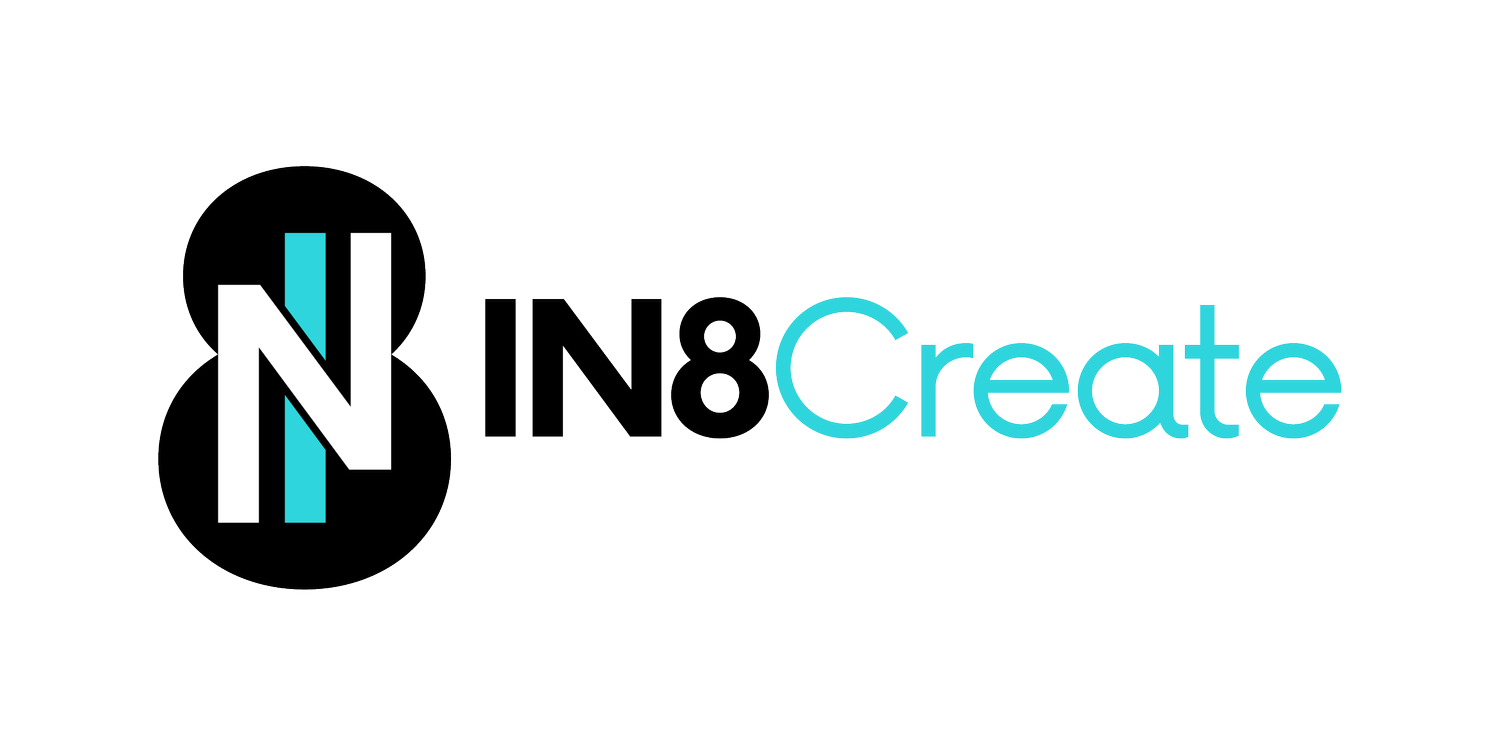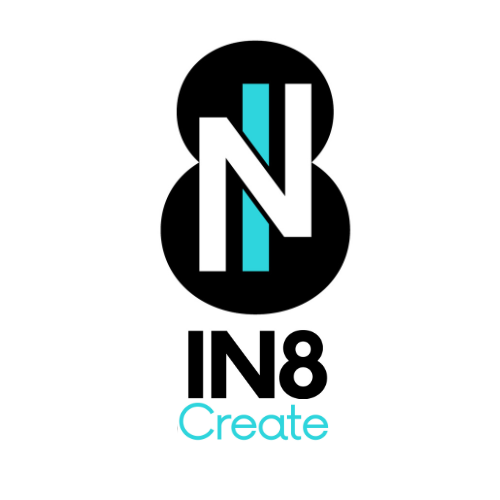The Friction Factor: What's Really Holding Your Team Back?
Smooth Out the Rough Edges for Higher Team Performance
Friction Slows and Stops
Friction is what stands between good teams and greatness. Like its physical counterpart, organizational friction creates resistance, slows progress, and diverts energy away from its intended purpose. But what causes this friction, and more importantly, how can teams overcome it?
Let's explore three common sources of team friction:
Leadership Friction At its core, this stems from unclear vision, insufficient direction, or misaligned support and autonomy. Day-to-day leadership behaviors can either reduce or amplify this friction, making it crucial to get right.
Procedural Friction When systems break down, or inputs and outputs become unclear, procedural friction emerges. Consider how many projects derail due to ambiguous decision-making processes or unclear accountability structures. These systemic issues can create significant drag on team performance.
Interpersonal Friction In today's collaborative environments, our work increasingly depends on others. This interdependence makes interpersonal dynamics critical. While basic elements like trust and respect form the foundation, more complex factors like candor, shared language, and avoiding zero-sum mindsets all play vital roles.
The Challenge of Diagnosis
What makes team friction particularly challenging is its interconnected nature. What appears as leadership friction might actually stem from interpersonal or procedural issues. Moreover, one type of friction often spawns another – for instance, procedural bottlenecks can spark interpersonal conflicts as team members assign blame.
A Path Forward: The Power of Structured Dialogue
Recently, we facilitated a senior leadership session focused on communication challenges. Instead of attacking the problem head-on, we first established a universal communication ideal. Then we explored potential threats and solutions. The results were illuminating: some team members advocated for greater candor, others emphasized the need for psychological safety, while the CEO pushed for more rigor and discipline.
The breakthrough came when we realized these weren't competing needs – they could all be addressed simultaneously. This situation perfectly illustrated all three types of friction at play: leadership (psychological safety), procedural (rigor), and interpersonal (candor).
Building Solutions Through Play
Our approach to addressing team friction often involves identifying an ideal state, acknowledging potential threats, and developing strategies to overcome them. While this framework doesn't solve problems directly, it creates a shared vision and team identity to work toward. It also establishes clear expectations – anyone deviating from these standards must explain why.
We've found LEGO® SERIOUS PLAY® to be particularly effective in these discussions. The externalization and playfulness of building with bricks helps soften the sharp edges of challenging conversations. It creates a safe space for all ideas to emerge, often revealing win-win solutions that weren't visible before.
Is team friction holding your organization back? Let's explore how we can help you build a better way forward with your teams.
Understanding the complexity of team communication is half the battle. Solving it is the other half. Let us help your team navigate these complexities with our LEGO-based sessions on communication, collaboration, and connection. Contact us today to learn more and see how we can transform your team's communication dynamics. Let's build a better team together!
We have facilitators in New York City, San Francisco, Austin, Tampa Bay, Las Vegas, Los Angeles, Tampa Bay, San Diego, and more!



